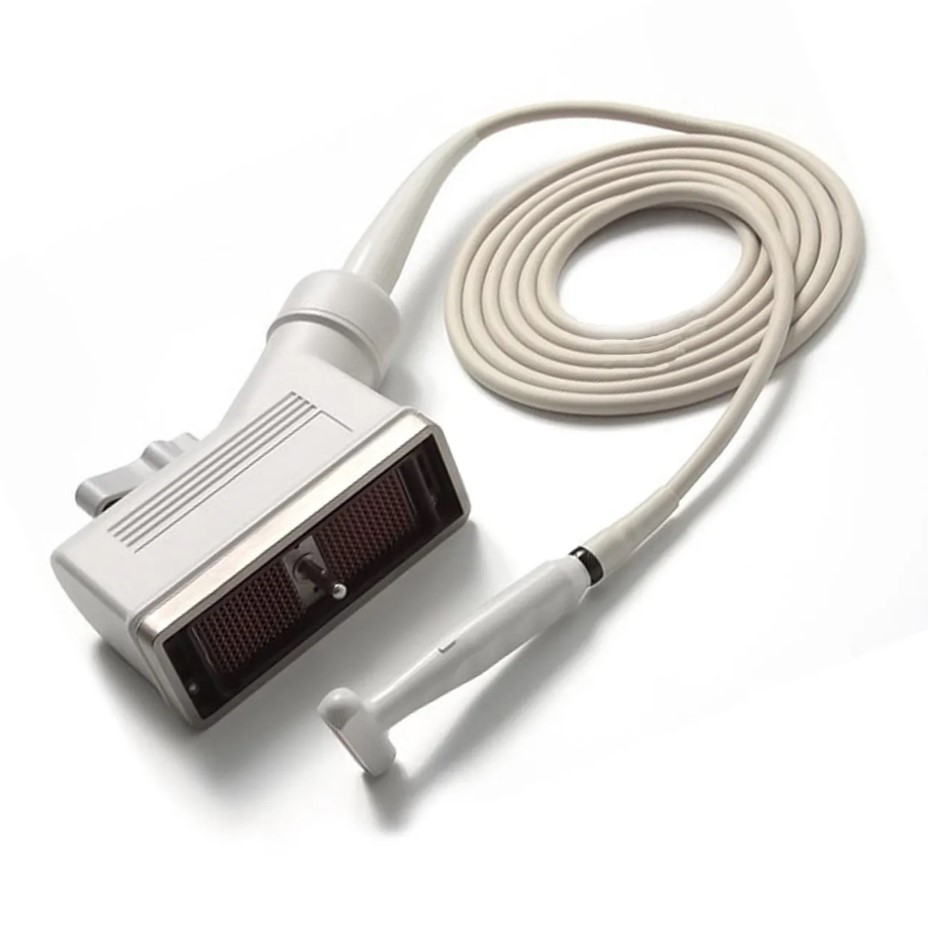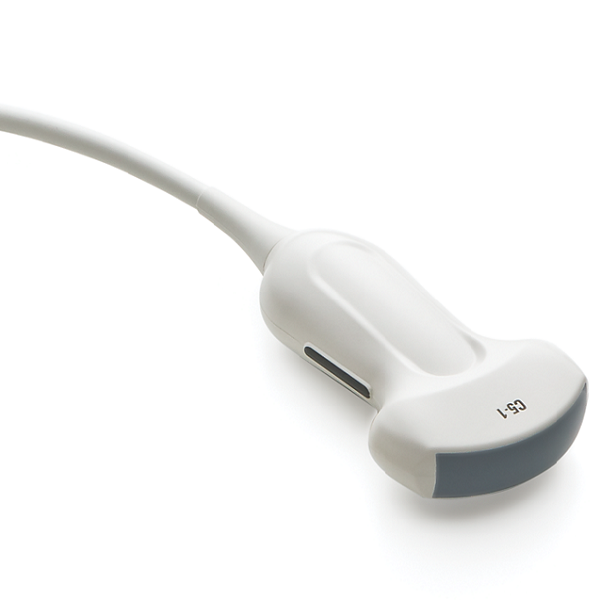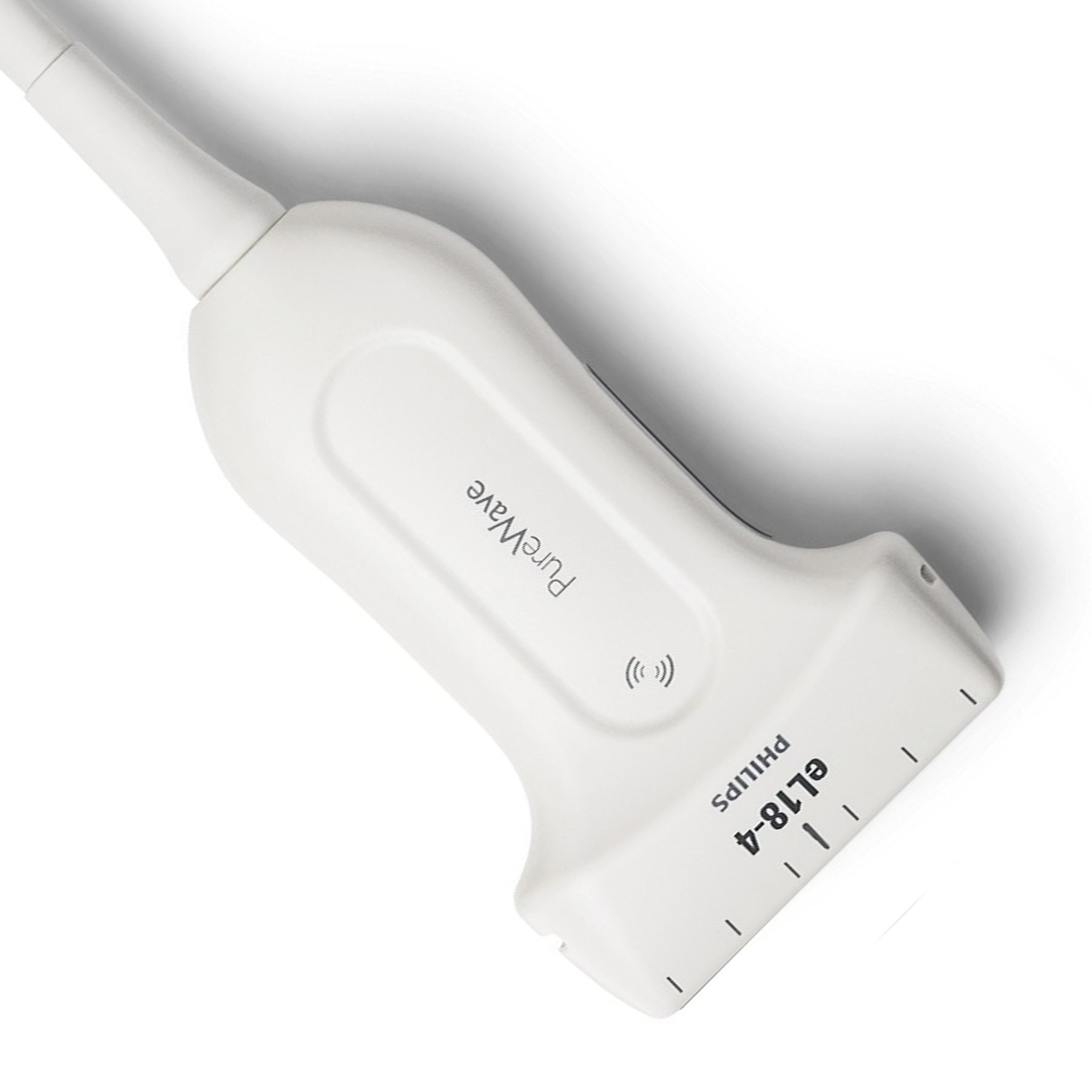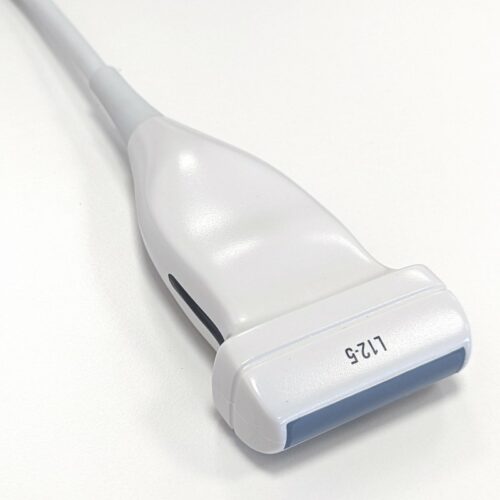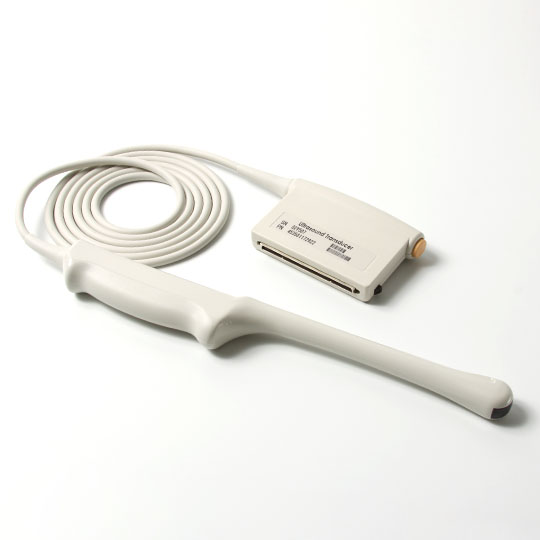Ultrasound technology has revolutionized the field of medical diagnostics and imaging. The ultrasonic probe, or transducer, is a fundamental instrument that plays a central role in this non-invasive imaging approach and is one of the essential components of an ultrasound system. In this article, we will delve into the benefits of using an ultrasound probe.
Non-Invasive Imaging
One of the key benefits of employing an ultrasonic probe is the ability to do non-invasive imaging. Ultrasound, unlike other imaging procedures such as X-rays or CT scans, does not use dangerous ionizing radiation. Instead, it uses high-frequency sound waves to create images of internal body structures. This non-invasive approach ensures patient safety and comfort, making it an invaluable tool for healthcare professionals.
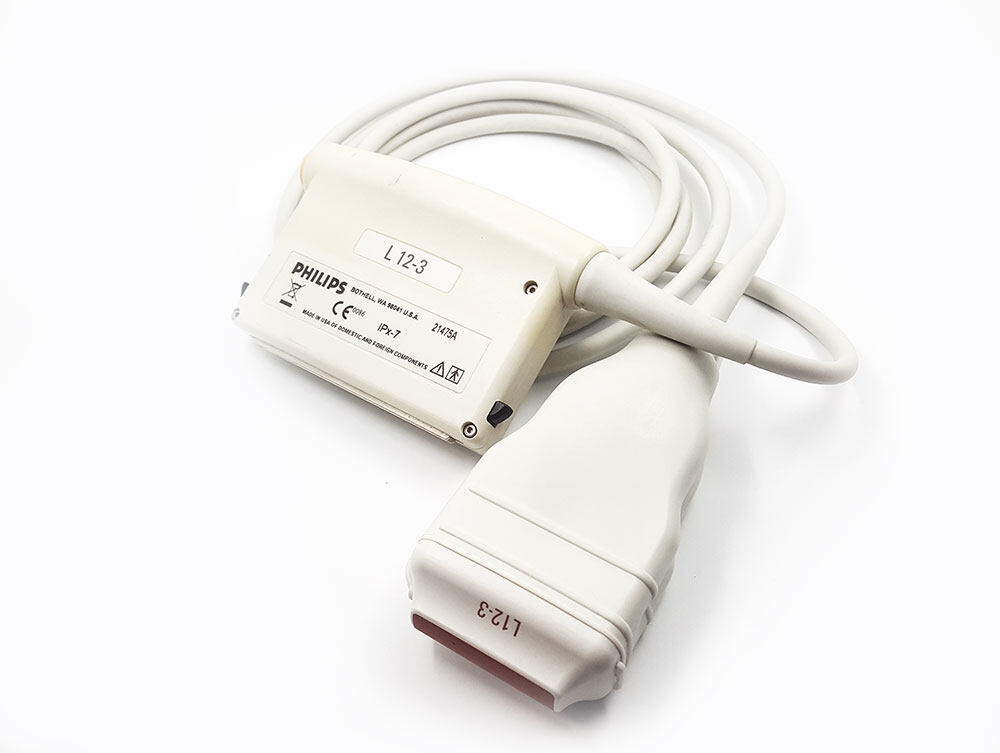
Real-Time Imaging
Ultrasound probes enable real-time imaging, which is extremely useful in a variety of medical circumstances. Physicians can monitor the movement of organs and tissues, making it ideal for visualizing the beating heart, assessing fetal development during pregnancy, and guiding minimally invasive procedures. Real-time imaging allows healthcare practitioners to make quick judgments and modifications, which improves patient care.
Versatility
Ultrasound probes are available in a variety of forms and sizes, each optimized for a specific use. Because of their flexibility, they may be used in a variety of medical specialties, including obstetrics, cardiology, gastrointestinal, urology, and musculoskeletal imaging. The ability to choose the right probe for a specific clinical need allows for precise diagnosis and treatment.
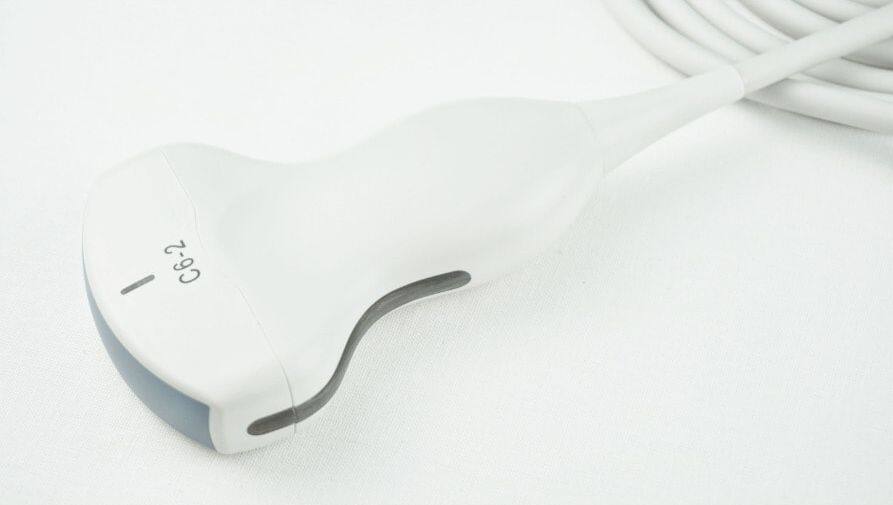
Philips C6-2 Curved Array Probe
Portability
Ultrasound probes have become more tiny and portable as technology has advanced. Because of this mobility, healthcare providers may do ultrasound tests at the patient's bedside, in remote places, and even in an emergency. The ease of transportation makes ultrasound probes an invaluable tool for point-of-care diagnostics.
Cost-Effective
Ultrasound is often less expensive than other imaging modalities such as MRI or CT scans. The reduced initial equipment costs, as well as the absence of continuing radiation safety requirements, contribute to ultrasound becoming a financially feasible choice for healthcare organizations. Additionally, its non-invasive nature reduces the need for additional diagnostic procedures, ultimately reducing healthcare costs for patients.
Minimal Discomfort
Ultrasound probes are often linked with little pain for patients. The process is painless, and there is no need for contrast chemicals or intrusive methods, which can be upsetting for patients. This aspect is especially important when dealing with sensitive or pediatric patients.
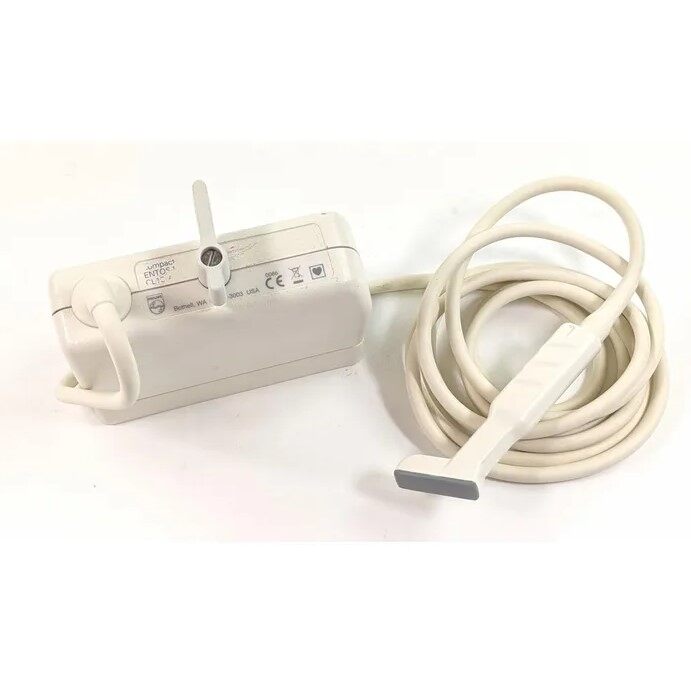
Safety During Pregnancy
Ultrasound probes are widely used during pregnancy to monitor fetal development and detect potential complications. Because ultrasound uses sound waves instead of ionizing radiation, it is considered safe for both the mother and the developing fetus. This safety is a critical factor in prenatal care.
Guidance For Minimally Invasive Procedures
Ultrasound probes are extremely useful for directing minimally invasive treatments like biopsies and injections. By providing real-time imaging, they help healthcare providers precisely target the affected area, reducing the risk of complications and improving the overall success rate of these procedures.
Conclusion
The use of ultrasound probes has transformed the way healthcare professionals diagnose and monitor medical conditions. Ultrasound probes have several uses, ranging from obstetrics to cardiology, and their use is expanding as technology progresses. Xity, as a leading ultrasound equipment supplier, offers various top-quality ultrasound equipment including ultrasound probes. If you are interested in it, please contact us for more product details!
 English
English
 Русский
Русский

